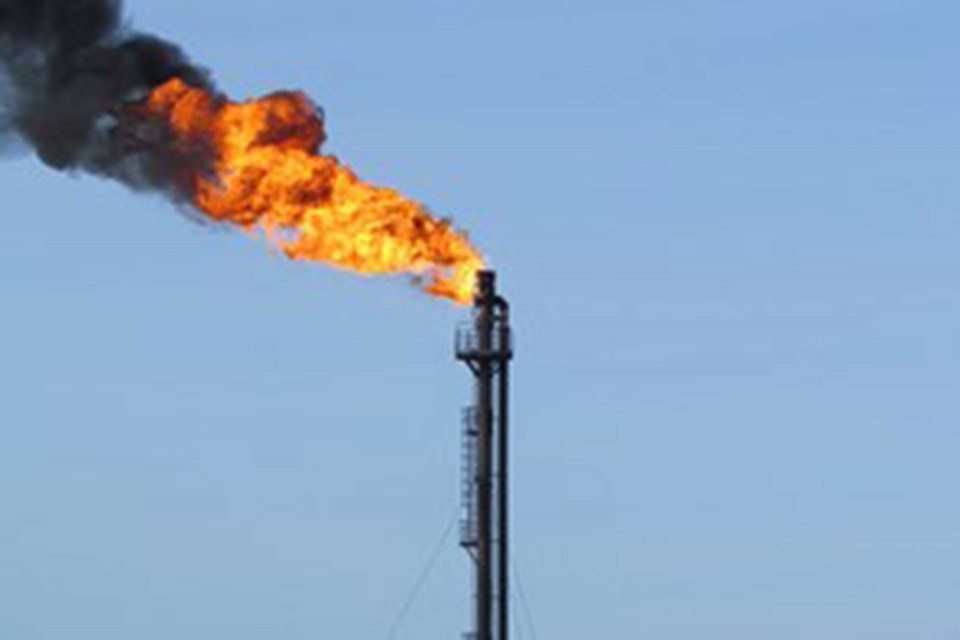The federal government has introduced a carbon capture tax credit and experts are saying the money could help make it more feasible for businesses to create greener energy.
In the federal budget released on Thursday, the Liberal government said it will invest $2.6 billion over five years toward a tax credit for companies which use technology to traps greenhouse-gas emissions and store them underground to prevent them from being released into the atmosphere.
Tristan Goodman, president of The Explorers and Producers Association of Canada, a national lobby group representing Canada's oil and gas industry, said before the budget was released that the industry was hoping to see a tax credit to help sector businesses fund these expensive projects.
“I'm really pleased that it looks like the federal government introduced a fairly significant [carbon capture, utilization, and storage] tax credit that will benefit not just the oil and gas business, but the steel business, aluminum, automakers, and others. It's actually a broad tax. It's not just the incentive for oil and gas,” Goodman said.
The cost to build carbon capture can get expensive, Goodman said, and in some cases, where companies are doing a permanent storage — such as in Alberta's Industrial Heartland — it can be in the hundreds of millions of dollars.
Before the budget was released, Goodman said the industry was looking for a 75-per-cent tax credit on carbon-capture technology.
The tax credit will be correlated with how much utilization of the technology the federal government wants in an area, as Goodman said investors run their formulas and if they can make a small profit then they will undertake a project.
Jan Gorski, director of oil and gas at the Pembina Institute, said building carbon-capture projects can take a long time to get off the ground, but have a big role to play in reducing emissions from oil and gas and other sectors.
“These infrastructure projects do take time, but Alberta has shown a lot of leadership with carbon capture and storage,” Gorski said.
In 2015, the Quest Carbon Capture and Storage facility was built by Shell near Edmonton, which stores carbon safely two kilometres underground and to date has captured and stored more than six million tonnes of carbon.
“That first batch of projects was, you know, a lot of the funding came from federal provincial governments because those projects are meant to demonstrate the technology and now, we're in a place where we need to scale up using those technologies and get to a point where we don't need as much federal government funding,” Gorski said.
The tax credit is a way to help financially guarantee some of the uncertainty around the new technology, and to help encourage businesses to invest in carbon capture and storage, Gorski said.
Starting in 2022, companies can claim a tax credit for up to 60 per cent of direct-air capture projects and 50 per cent of all other carbon-capture projects.
Another 37.5-per-cent tax credit is available for companies that want to invest in equipment for carbon transportation, storage, and use.
As time goes on, the tax credit will decrease, and hit 50 per cent in 2031, to encourage companies to build the facilities earlier, rather than wait to get started.
The tax incentive is a big investment from the federal government to help reach its 2030 and 2050 climate goals.
In March, the federal government released its new climate targets, which will force Canada’s oil and gas sector to cut emissions by 42 per cent below current levels by 2030
The new federal plan was tabled by Environment Minister Steven Guibeault in the House of Commons on March 29. It included specific targets for different sectors, which together will plan to bring down emissions by 42 per cent below 2019 levels, eventually bringing the country to net zero by 2050.
Oil and gas methane will also be cut by 75 per cent by 2030, according to the new plan.
Carbon-capture technology will be an important piece of bringing emissions down, Gorski said, but needs to be part of a suite of policies to achieve the goals laid out by Ottawa.
The carbon-capture program will cost $2.6 billion in its first five years, and then reach $8.6 billion by 2030.




